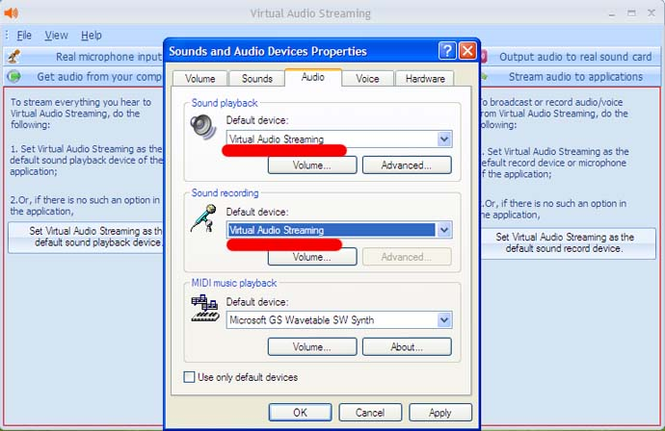Learning phonics is recommended as the first strategy that children should be taught when learning to read. Did you know there are more than 40 different sounds (phonemes) in English? The Nessy Phonic Sound pack is a great way to learn them.
Digital phonics flashcards. This is a fantastic new way of presenting letters and sounds to children - with added monsters! Launch the Digital Flashcards. Use PC or laptop to play Important: The flashcards are for use on an interactive whiteboard or computer only (not compatible on tablet or smartphone). More about these interactive phonics. Sound Cards cannot work without the presence of Audio Drivers. Every Sound Card has a precise Audio Driver which allows the Sound Card to run smoothly with the Operating System. Audio Drivers can be said to form data connections or data links between the Sound Card (hardware) and the Operating System (software).
Created by the co-founder of Nessy Learning, Pat Jones. The cards have been used at the Bristol Dyslexia Centre for more than 30 years with 1000s of children. When used regularly they can help children make rapid gains in their reading.
How do I get a pack?
Visit Nessy at a conference to pick up a free pack or you can download your own pack of Nessy Phonic Sound Cards for free!
Print, cut out and play using the instructions below.
How To Use the Cards
- Hold up the picture side.
- Name it together, e.g. “car”
- Say the sound, e.g. “ar”
- Turn the card over, to the letter side. Say the sound again. e.g. “ar”
Guidance and Strategies
Students need to know the sounds and names of the alphabet before learning the phonic sound pack.
Do not try to learn all the cards at once. Suit the pace of learning to the ability of the student.
Learn the cards in this order for readingand split them into these stages

Stage 1 sh | ch | tch | th | qu | wh | ph
Stage 2 ar | or | er | ir | ur
Stage 3 ee | ea | ay | ai | igh | ie | y
Stage 4 oa | oe | ow | oo | ui | ue | ew
Stage 5 oy | oi | ou | dge | ge | ce | ey | ei
Stage 6 ear | air | au | aw | wa | war | wor
Making up a saying, action or rhyme can help make a sound card more memorable.
Watch the Nessy animations. These videos help to stimulate memory and help establish the sound.
You can watch all the phonic sounds come to life in videos as part of a subscription to Nessy Reading & Spelling.
Junior students: It is important to follow the phonic sound order (shown above) and learn only one stage of
cards at a time. Do not move on until all the cards in a stage have been mastered.
Senior students: A student that is quick to learn and working at a relatively high level can be given the
whole phonic pack at once.
Extension Activities
Audio Card Driver
Playing games with the cards is a really effective way to learn the sounds.
Game 1: Count Down
To win the card the student has to say the sound before the card holder can count to ten. If the student knows the sound well, the holder should count really quickly. If the student finds the sound difficult to remember, the card holder should count slowly. The player with the most cards at the end wins.
Game 2: Grab
Lay all the cards on a flat surface, sound side up. The teacher says a sound and the first player to ‘grab’ it keeps the card. To make it more fun, the students start with their hands under the table, behind their backs, or on their heads! Watch out for cards make more than one sound. Sometimes there will be several cards that make the same sound grab them all.
There are lots more printable card games available with a subscription to the Nessy Reading & Spelling program.
Reading
Once a card has been learned, start with the letter side instead of the picture side.
If the student is unsure, turn the card around to see the picture.
The Nessy Reading and Spelling program includes printable card games, such as the Chain Game and Follow On, that will provide
practice at recognising the sounds in words.
Spelling
Show picture side to gain response
Write the sound.
Audio Phony Sound Cards & Media Devices Driver
Think of a simple word with that sound, write the word, then put the word in a sentence.